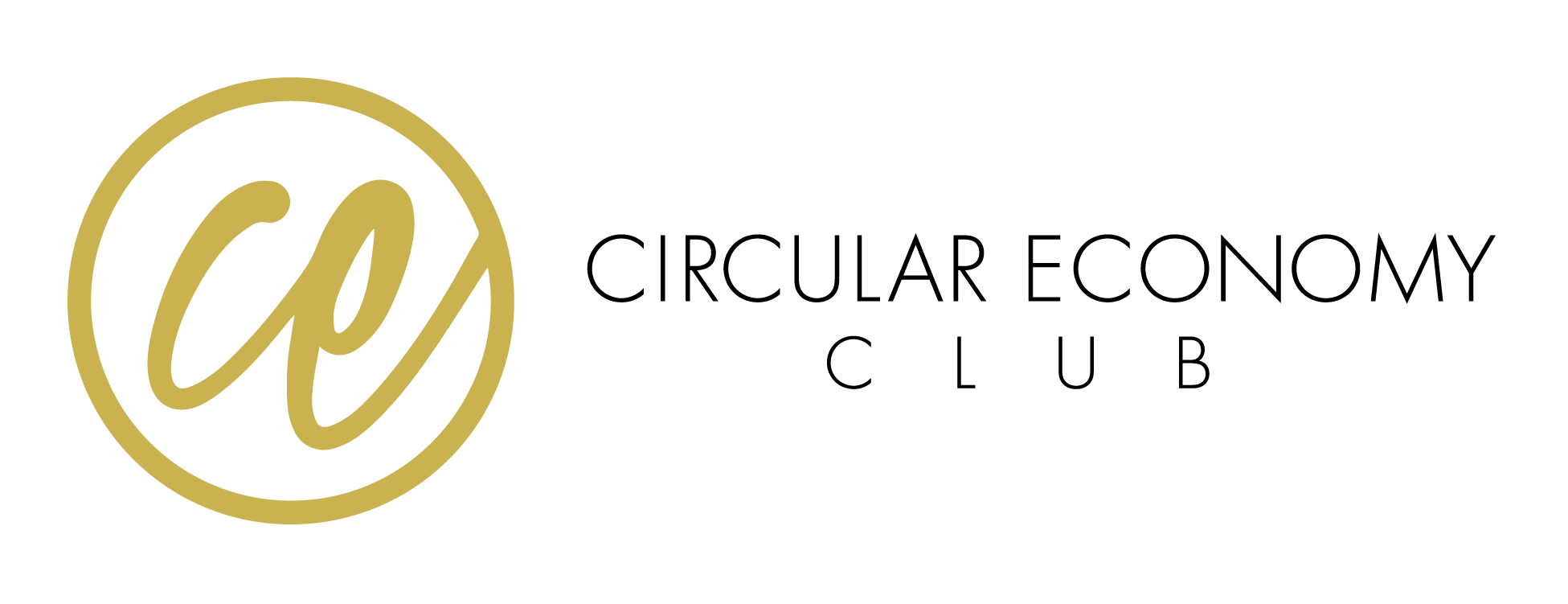-
The book “Sustainability in Fashion: A Cradle to Upcycle Approach” explores different aspects and offers the most recent research in an easy to digest manner. More specifically it is a collection of academic articles outlining research regarding how sustainable fashion is impacting consumers and the industry. The book is a selection of contributions from top researchers within the sustainable fashion field. The book is edited by Dr Claudia Henninger, Lecturer in Fashion Marketing Management at Manchester University, UK; Dr Panayiota J. Alevizou, Lecturer in Marketing at Sheffield University, UK; Dr Daniella Ryding, Lecturer in Fashion Marketing at Manchester University, UK; and Dr Helen Goworek, MSc Marketing Programme Leader at Leicester University, UK; who all have extensive knowledge of the fashion industry and how sustainability is changing the way things are and should be done.
“[…] sustainable fashion and sustainability in fashion are not fads that are going in and out of fashion, but rather necessities within the industry that are continuously increasing in importance. […] Companies in the present sustainable era are compelled more than ever, to think and act strategically about changing market dynamics.” (page 4).
Each chapter of the book presents research around questions regarding sustainability in fashion and touches upon consumer behaviour, communications, circular economy and supply chain management.
How does Consumer Behaviour affect the move towards a more sustainable fashion industry?
The book presents several views on how understanding consumer behaviour is vital for a fashion brand to succeed with a sustainable business model. While “[the] tipping point of normalising sustainable fashion is upon us” (page 17), a question that keeps returning throughout the book is the question regarding responsibility; who has the responsibility to create the necessary change? Is it the brands, the consumers or governments? Should demand, availability or legal requirements come first?
“The battle between brand images and ideals in the fashion industry is increasingly gathering steam, as recognition of global climate change and human injustice takes centre stage in consumers’ awareness.”(page 49).
British research has shown that there is a gap between what consumers say they do and what they actually do. Accessibility and price is a constant factor when consumers make purchasing decisions.
“It is noteworthy to highlight that a majority of participants have neither actively looked for sustainable fashion nor purchased any sustainable garments purposefully. Nevertheless, they assume that these garments ‘tend to be more expensive than products without eco-information […].’” (page 93)
How to incorporate circular fashion into your business model
“CE [Circular Economy] needs radical and systemic innovation, and therefore the whole value chain has to be redesigned through new business thinking” (page 162).
The chapter “Fashion in a Circular Economy” focuses on a systems perspective. Understanding your entire value chain is key to designing successful circular fashion products. The chapter offers a dive into what to consider and which loops you can design for. It provides you with an easy to understand overview of the different stakeholders in your supply chain. There are four loops to consider and each loop has its own critical stakeholders:
- When designing for the longevity loop the critical stakeholders are consumers and their willingness to participate in using garments for longer.
- When designing for service the critical stakeholders are the companies responsible for developing the product-service offering.
- The third loop is concerned with designing for reuse and here the main stakeholders are the manufacturers
- The last loop is designing for material recovery in which material experts’ and resource management experts’ knowledge is vital.
Whether you design for i.e. longevity or material recovery you need to understand everyone involved and how the process will affect your final product. You need to decide which loop your product belongs to, before you design the product, thus making the service of circularity an integrated part of your business model. Seeing circularity as an opportunity for your business, and then working towards integrating it in your business model and products will allow you to get a head start from your competition.
Sustainable Fashion Product Development
The first step for you to move towards a more sustainable business model (hopefully a circular one) is understanding your raw material and your supply chain. Knowing the basis of your business model and product is vital if you wish to create sustainable products. The book offers several insights into how you can work to understand your supply chain, as well as insights into for example cotton production and the difference between organic and conventional cotton.
Why you should read this book
“Sustainability in Fashion: A Cradle to Upcycle Approach” gives a thorough insight into up-to-date research within the area of sustainable fashion, consumer behaviour, circular fashion and sustainable fashion product developments. If you need a deeper insight into/knowledge of these topics this is the book for you.
If you have worked in this area for a while, the book might state some obvious facts for you. However, well researched and verified arguments can be incredibly useful to rely on when discussing why sustainable and circular fashion needs to be the new norm and what barriers we may meet on our quest to change the industry.
I found the most interesting chapters to be the ones touching upon consumer behaviour. Although the book doesn’t focus on offering solutions as to what can to be done to change consumer behaviour, it does, however, give a thorough understanding of what consumers value today when shopping for fashion and understanding what is, is the first step towards discovering what might be and how to work towards it.
Author: Hella Lynggaard
-
-

